Does Coolant Reservoir Fluid Get Into the Radiator?
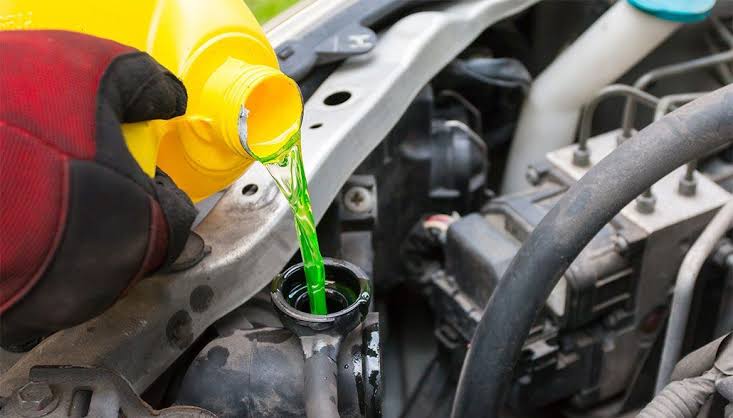
Yes, coolant from the reservoir does flow into the radiator, but only under specific conditions. The coolant reservoir (also called the overflow tank or expansion tank) is connected to the radiator and helps regulate the coolant level as the engine heats up and cools down.
How Coolant Moves Between the Reservoir and Radiator
- When the Engine Heats Up
- As the engine runs, coolant expands due to heat.
- Excess coolant flows from the radiator into the reservoir through a small hose.
- When the Engine Cools Down
- As the engine cools, the coolant contracts, creating a vacuum.
- The vacuum pulls coolant from the reservoir back into the radiator, keeping the system full.
✅ This process ensures the radiator maintains the correct coolant level without air bubbles forming.
Why Isn’t Coolant Returning to the Radiator?
If coolant stays in the reservoir and doesn’t flow back into the radiator, there may be a problem, such as:
🔧 Low Coolant Levels – If the radiator is too low on coolant, there may not be enough pressure to pull fluid back.
🔧 Clogged Overflow Hose – A blockage in the hose prevents coolant from flowing between the radiator and reservoir.
🔧 Faulty Radiator Cap – A bad cap won’t create the vacuum needed to pull coolant back in.
🔧 Leaks in the Cooling System – Air leaks prevent the proper pressure balance.
🔧 Thermostat Issues – If the thermostat is stuck closed, coolant circulation may be disrupted.
How to Check If Coolant Is Flowing Properly
- Check Coolant Levels – Ensure the reservoir has fluid and is within the “MIN” and “MAX” marks.
- Inspect the Overflow Hose – Look for cracks, blockages, or disconnections.
- Examine the Radiator Cap – Replace it if the seal is worn or damaged.
- Look for Leaks – Check under the car for coolant puddles or leaks from hoses.
- Run the Engine – After warming up the car, observe if coolant moves between the radiator and reservoir.
Final Thoughts
Yes, coolant from the reservoir does get into the radiator, but only when the engine cools down and creates a vacuum. If coolant isn’t flowing properly, check for low coolant, blockages, leaks, or a faulty radiator cap. Keeping the system in good shape ensures proper engine cooling and prevents overheating.
Also Check:
• Does a Bad Water Pump Cause Overheating?
• Does Engine Oil Have an Expiration Date?
• Does the Alternator Charge the Battery When the Car is Off?

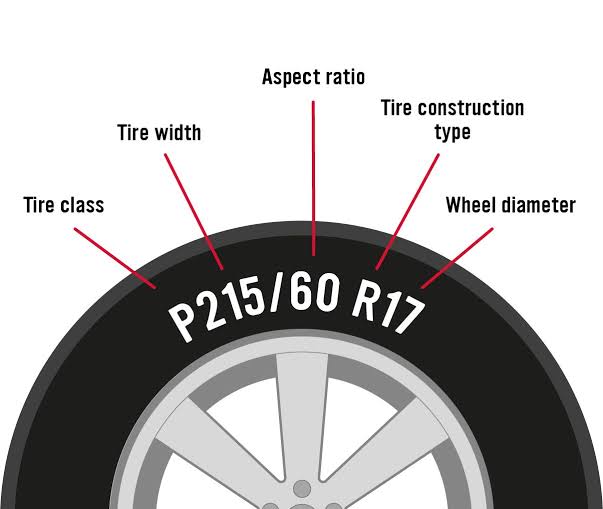
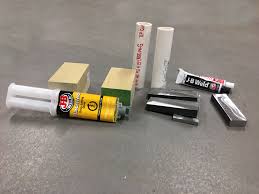
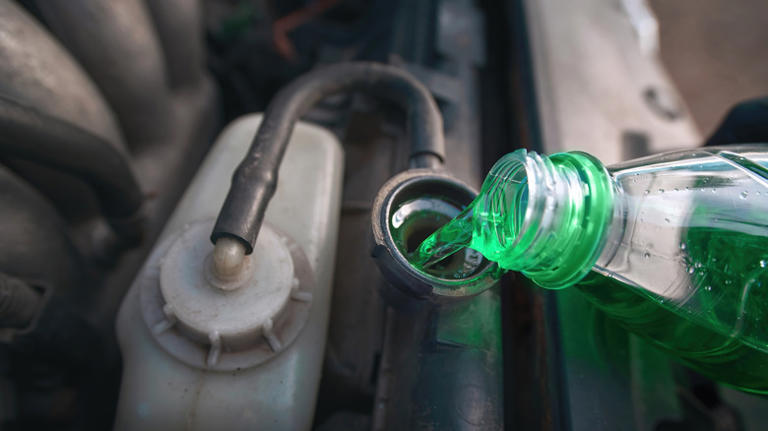
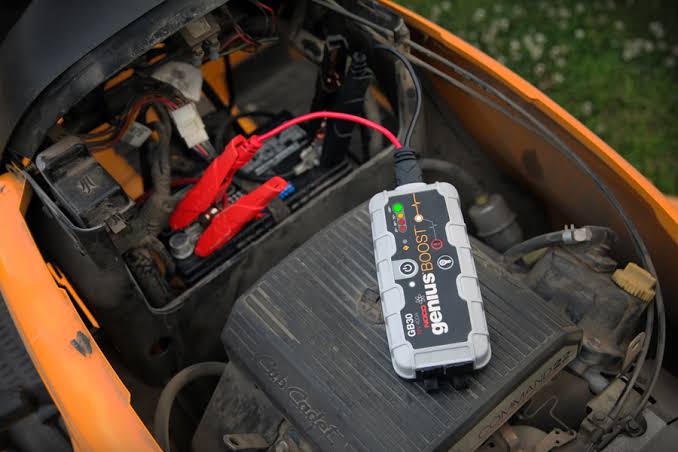
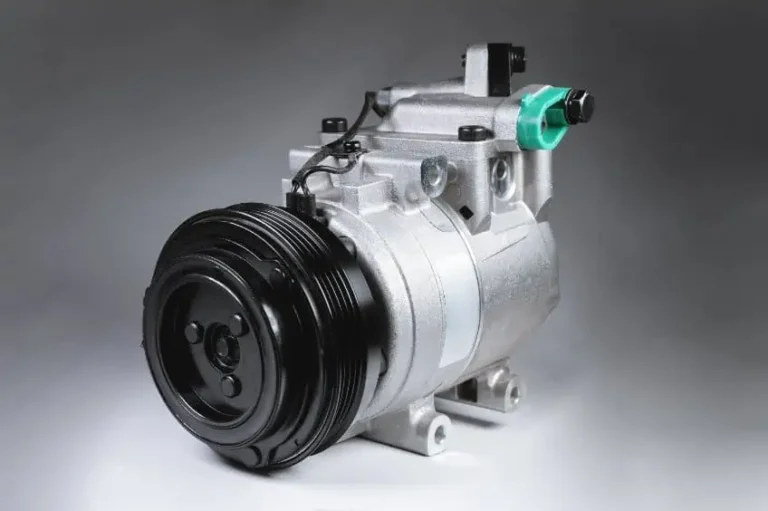
3 Comments